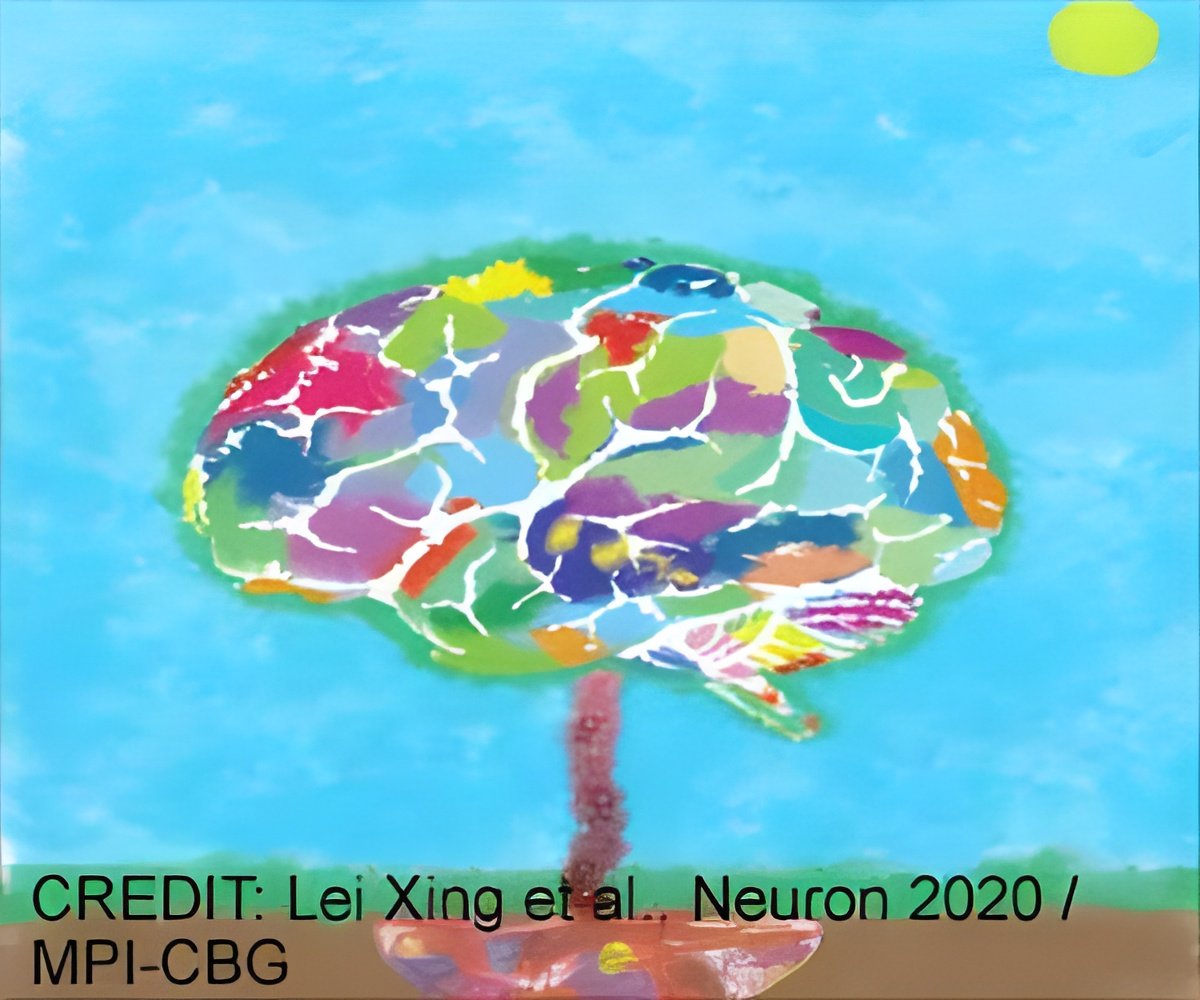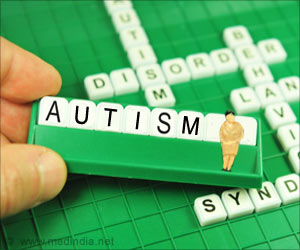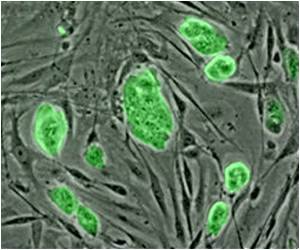Mutation in ZNRF3 gene leads to neurodevelopmental disorders which affect the brain size.

Deleterious ZNRF3 germline variants cause neurodevelopmental disorders with mirror brain phenotypes via domain-specific effects on Wnt/β-catenin signaling
Go to source). Dr. Paranchai Boonsawat and Prof. Dr. Anita Rauch, Director of the Institute of Medical Genetics, University of Zurich narrate their findings.
Nearly ten years ago, we encountered a patient afflicted with an exceptionally rare condition characterized by an unusually small brain, delayed speech, and ectodermal dysplasia—an inherited disorder impacting hair, nails, teeth, and skin. Upon sequencing a portion of her DNA, we identified a mutation in one copy of the ZNRF3 gene, which had not previously been linked to genetic disorders. This mutation results in the synthesis of an unfavorable protein. This led us to hypothesize that it was the underlying cause of her condition.
Thereafter, we gathered DNA samples from eleven additional patients globally, all of whom are suspected to possess a detrimental mutation in the same gene. The majority exhibited a defective variant of ZNRF3 and presented with diverse neurodevelopmental symptoms, including an unusually large brain. In our laboratory, we examined the defective gene variants and discovered a relationship between the patients' brain size and the locations of the mutations within the gene. Following an extensive diagnostic journey, we ultimately succeeded in identifying a conclusive cause for the conditions affecting these patients.
‘Alterations in the ZNRF3 gene may lead to abnormal brain size, resulting in either excessive growth or insufficient development. Disruption of this gene is associated with neurological manifestations and a heightened risk of cancer. #ZNRF3gene #brainsize #medindia’





Advertisement
Being Rare Condition, Collaboration Helped Collect Matches from the World
As the condition described here is extremely rare, we relied on global collaboration through professional networking databases where we posted our candidate gene and received matches from around the world. We were able to collect a total of eleven additional patients with suspicious alterations in the same gene. Eight of them had one faulty copy of ZNRF3, while four patients had lost one copy. Of the eight patients with defective copies, seven showed variable neurodevelopmental problems with an abnormally large brain, while one exhibited profound developmental delay with an abnormally small brain. The four patients with only one functional copy showed no neurological symptoms, but malfunctions in other organs, such as the heart, adrenal gland or kidney. We did not observe any patient who had lost both copies, suggesting that absence of this gene is incompatible with life.Advertisement
Region in ZNRF3 gene responsible for cancers
The gene ZNRF3 produces two copies of a protein that prevents the brain from making too many or too few brain cells. It also does the same in many other organs, so that mutations in its DNA sequence can lead to uncontrolled cell proliferation and are therefore associated with a variety of tumors, such as colon or adrenal cancer. One of our analyses revealed that there is a small region of the ZNRF3 gene, called RING, where many mutations found in cancers are located compared to the rest of the gene. In fact, most of the patients with abnormally large brains have their mutations in the RING region. This means that they may have an increased risk of developing tumors during their lifetime (2✔ ✔Trusted SourceFaulty Gene Makes Brain Too Big - or Too Small
Go to source).
Brain Size Decided by Two Regions in ZNRF3 Gene
Our analyses showed that almost all the mutations that lead to abnormal development are located in two distinct regions of the gene: one in the RING region, and the other in a smaller region that is important for interacting with another gene called RSPO. It turned out that almost all the defects in the RING region were from the patients with an abnormally large brain, while the defect in the RSPO-interacting region came from the patient with an abnormally small brain.However, one patient had a fault in the RING region but had an abnormally small brain. We traced his family history and found that his mother used drugs heavily during her pregnancy, which could explain his abnormally small – instead of large – brain. Apparently, environmental influences can override genetic defects in this condition.
How Genes ZNRF3 and RSPO Cause Defects in Brain Size
The gene ZNRF3 orchestrates the perfect balance of biochemical signals, particularly in the Wnt signaling pathway, needed to produce the right number of brain cells. This gene works in concert with the gene RSPO, which also interacts with the Wnt signaling. In the lab, we created different defective versions of the ZNRF3 gene and measured the signal that represents changes in the Wnt signaling pathway. We found that the faults in the RING region (from the patients with abnormally large brains) increased the Wnt signaling, while the mutations in the RSPO-interacting region (from the patients with abnormally small brains) decreased the Wnt signaling.These results showed that the right brain size depends on a balanced Wnt signaling, which, once tipped toward too much or too little, can cause the brain to become too large or too small. Sophisticated modeling of the defective versions of the ZNRF3 protein also revealed disrupted enzyme functions for the defects in the RING region, or impaired binding to the interacting protein RSPO for the defects in the RSPO-interacting region.
Monitoring of Patients with Faulty Gene Critical Due to Risk of Cancer
As FDA-approved modulators of the Wnt signaling pathway are available, these findings open the possibility of using Wnt modulators therapeutically. This intervention must, however, be approached with caution, as a Wnt inhibitor should only be considered for the patients with an abnormally large brain and not for those with an abnormally small brain, even if they have faulty copies of the same gene.The ZNRF3 gene joins a list of tens of other genes that are involved in the Wnt signaling pathway that have been linked to brain size. Nonetheless, it is so far the only one of these genes to lead to opposing brain sizes with a distinct region-specific pattern, known as a mirror effect. Since the Wnt signaling pathway is linked to cancer when disrupted, monitoring and intervention could be planned and personalized for patients with a faulty ZNRF3 gene.
References:
- Deleterious ZNRF3 germline variants cause neurodevelopmental disorders with mirror brain phenotypes via domain-specific effects on Wnt/β-catenin signaling - (https://www.cell.com/ajhg/fulltext/S0002-9297(24)00260-X)
- Faulty Gene Makes Brain Too Big - or Too Small - (https://www.news.uzh.ch/en/articles/news/2024/gendefekt-gehirn.html)
Source-Eurekalert















